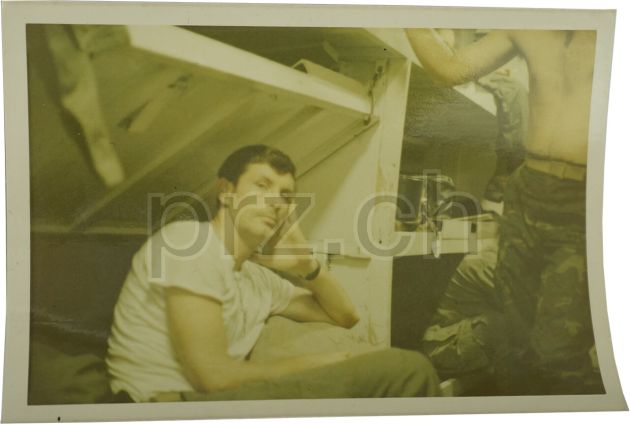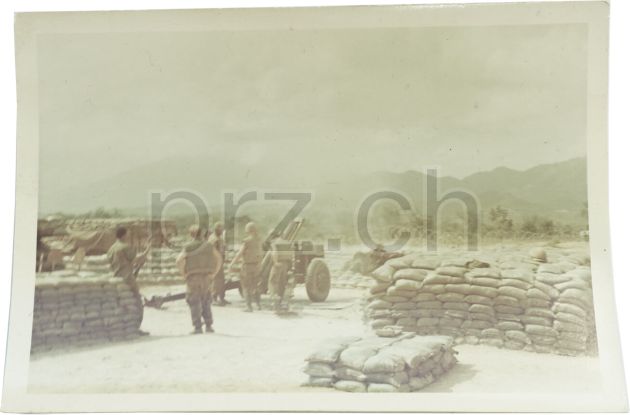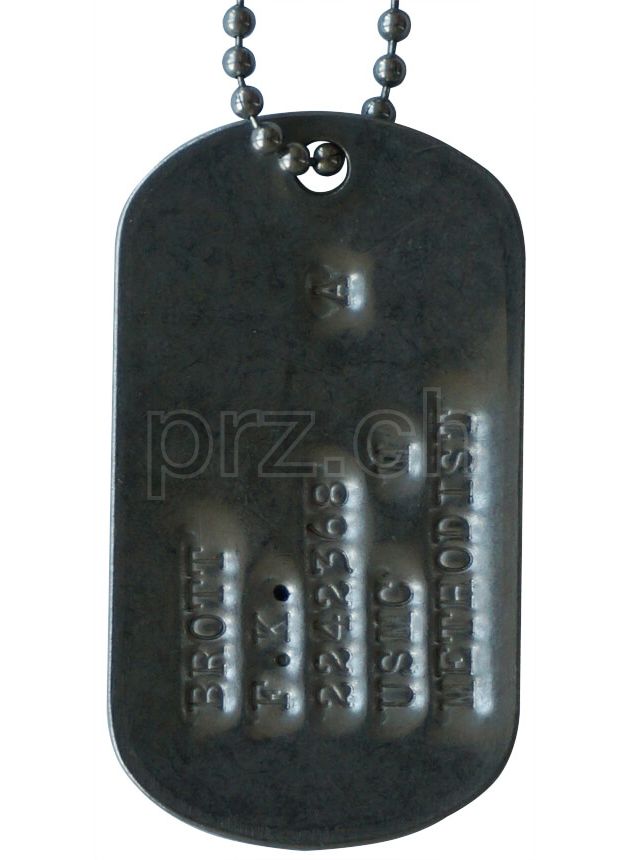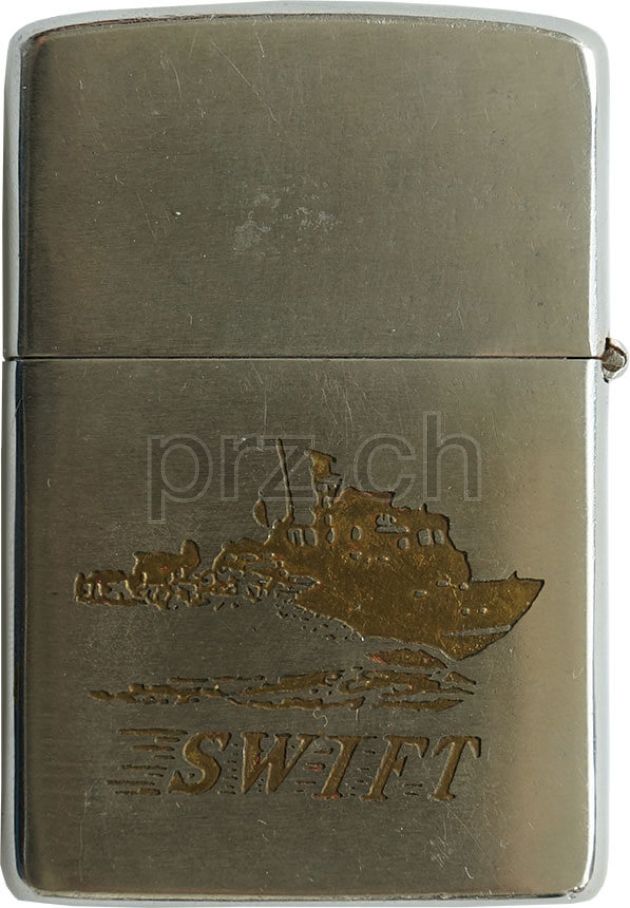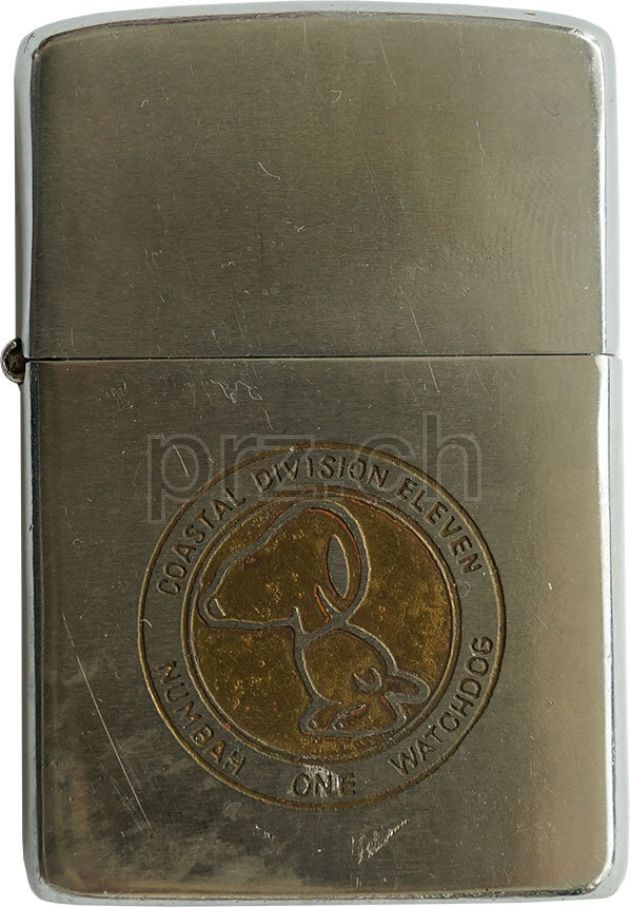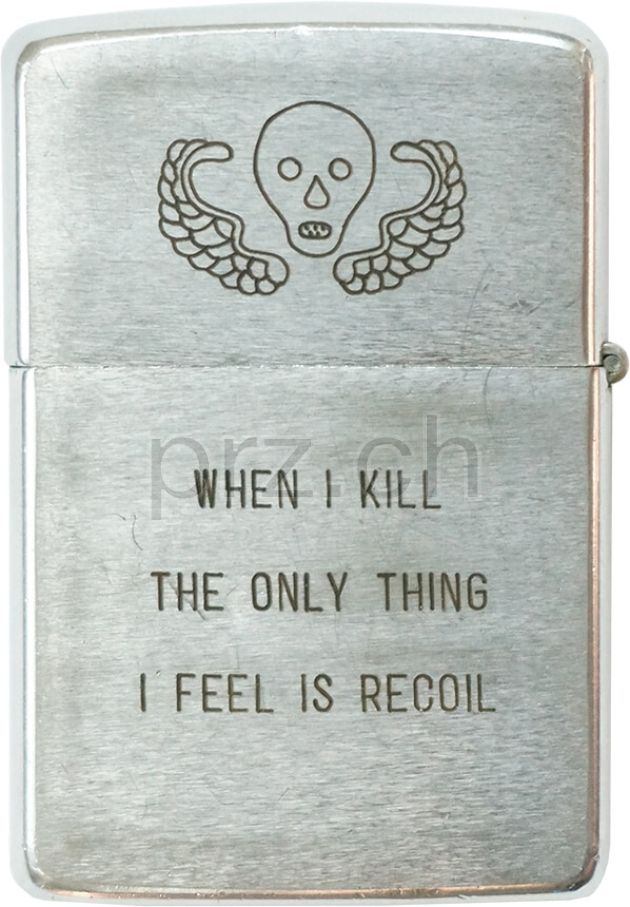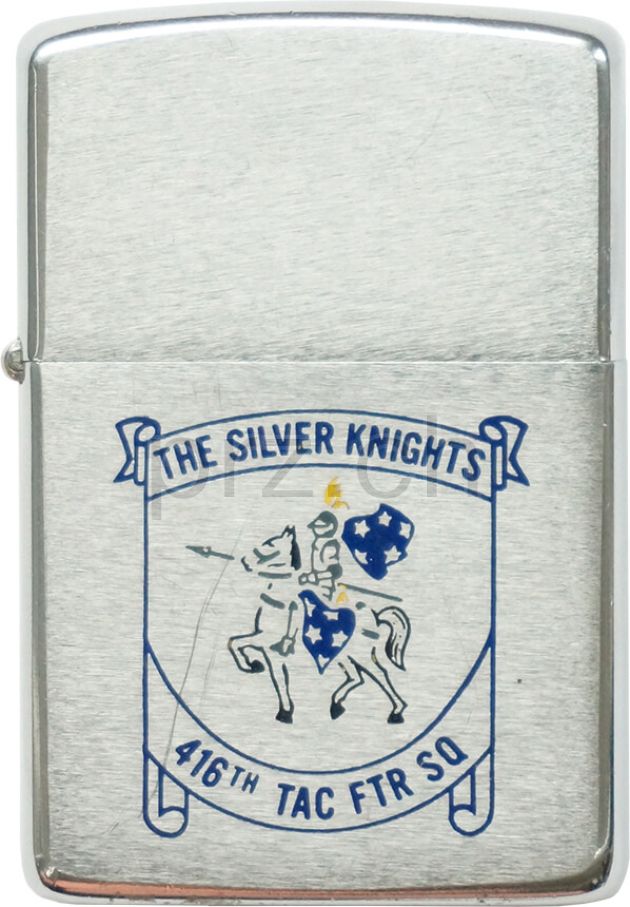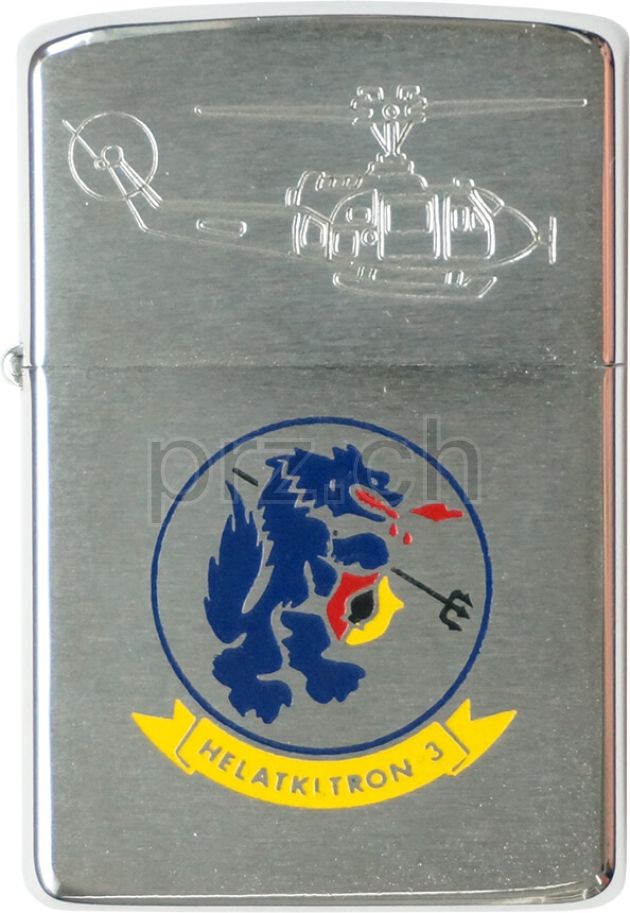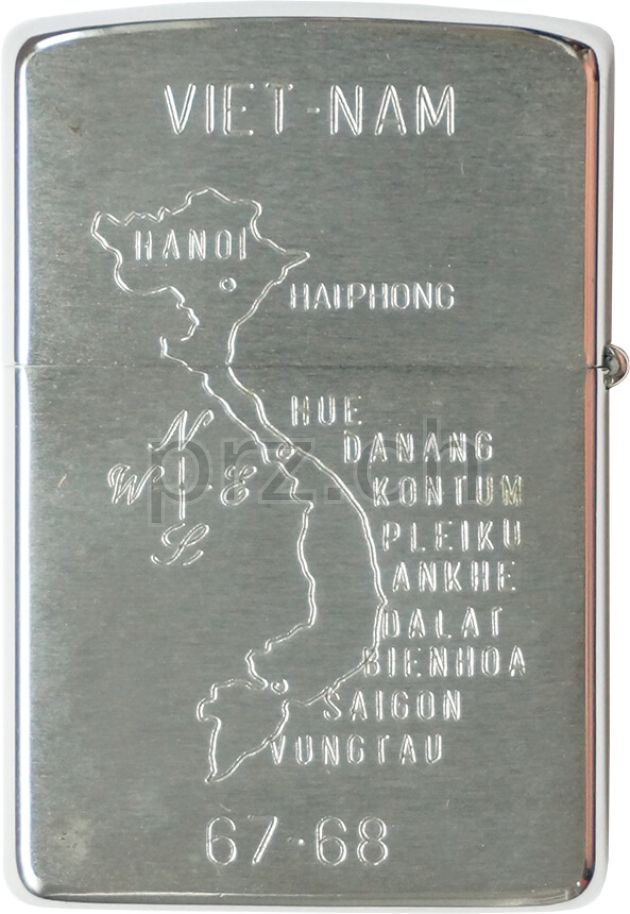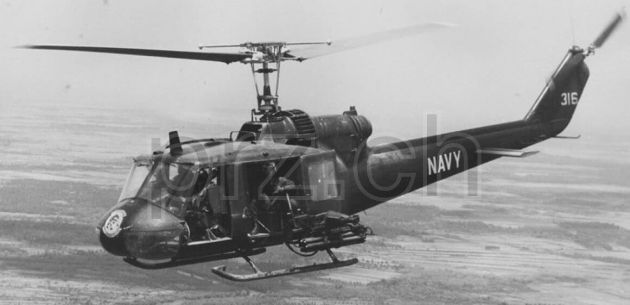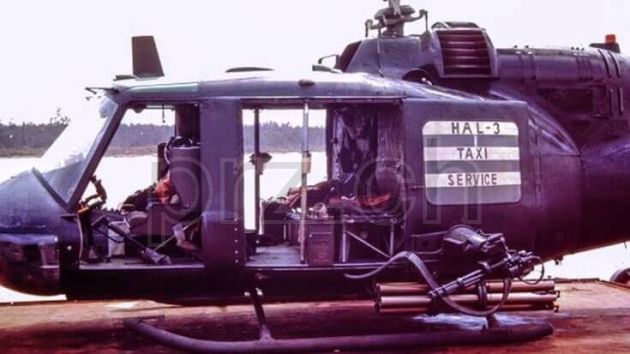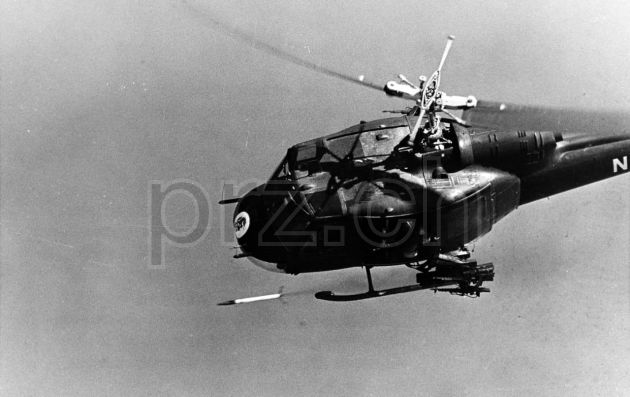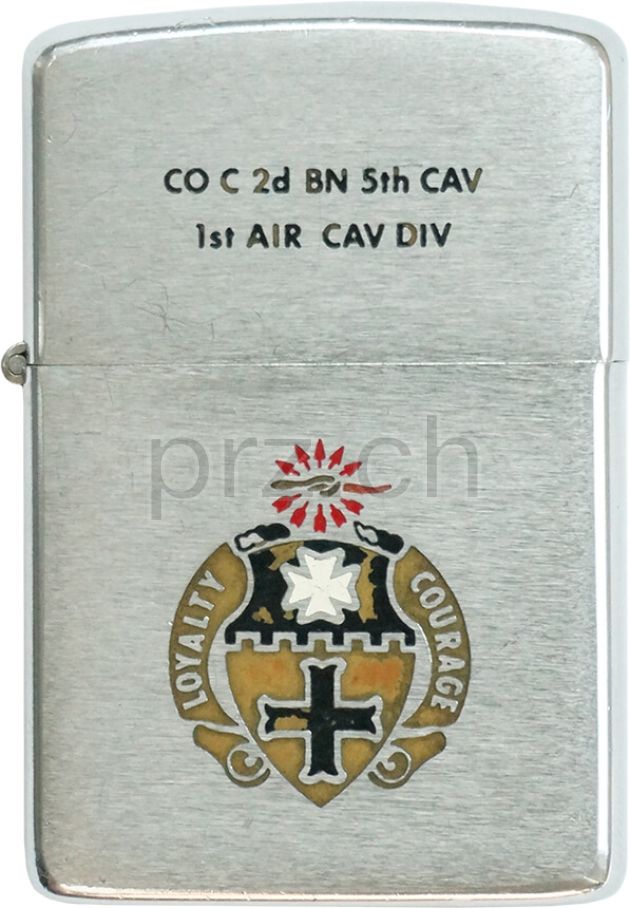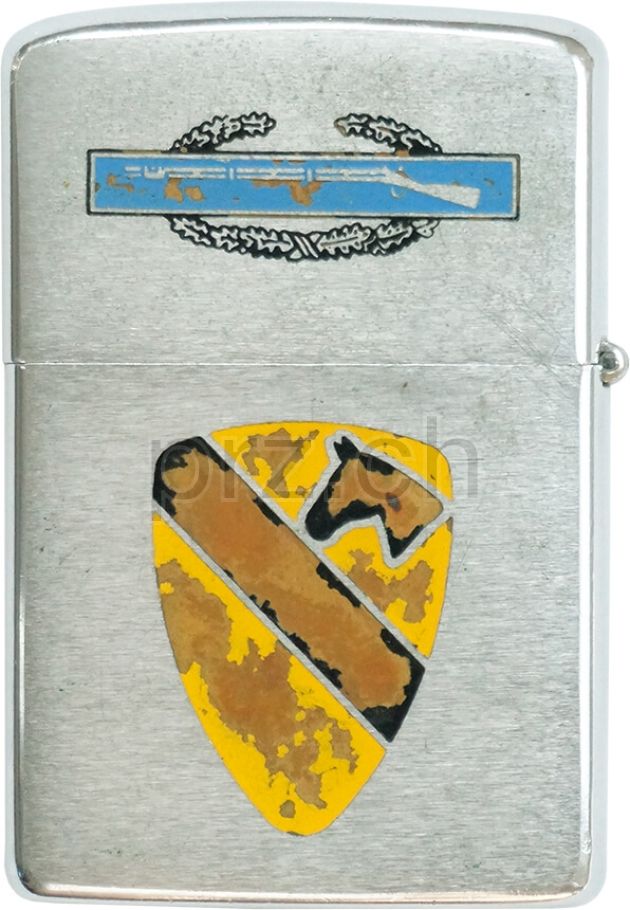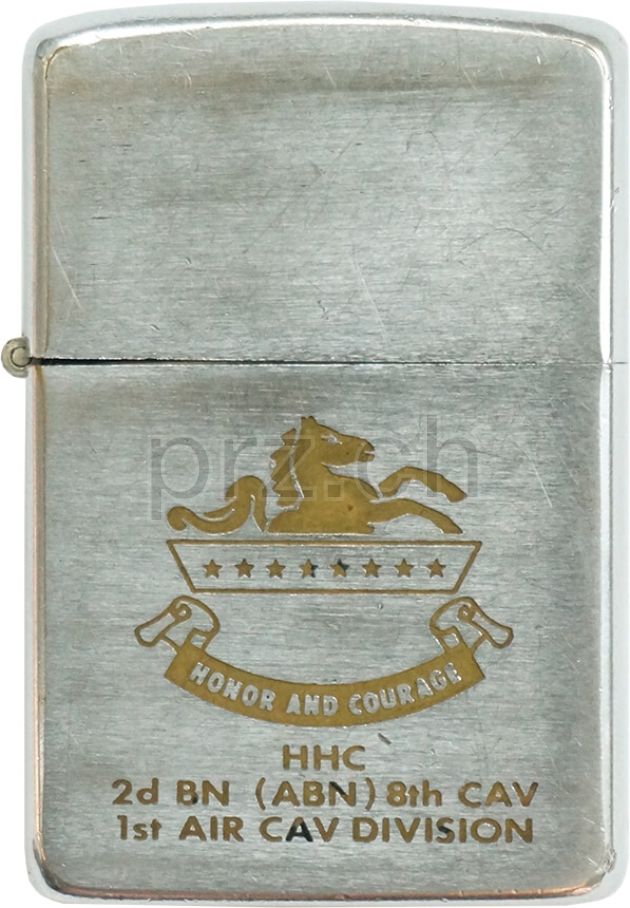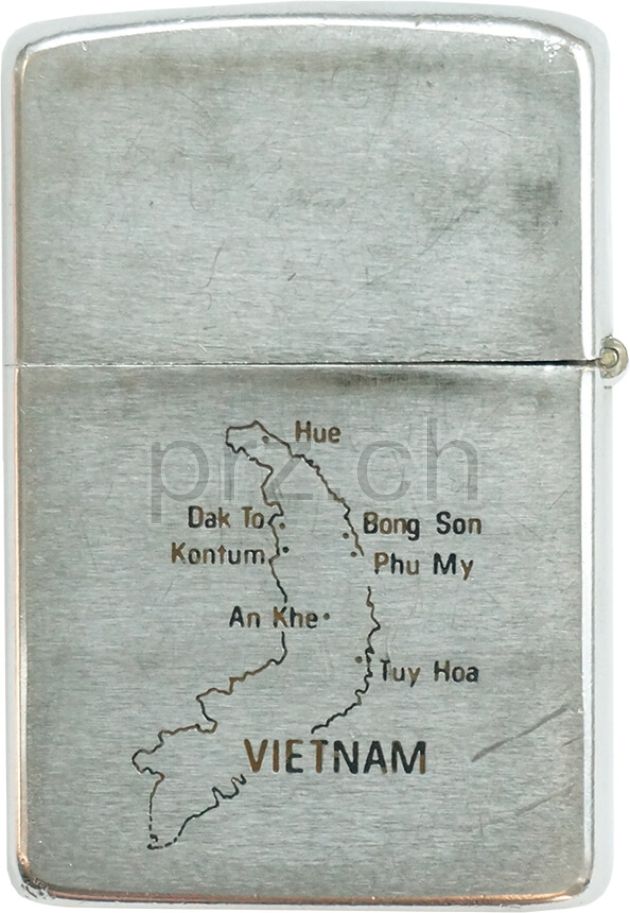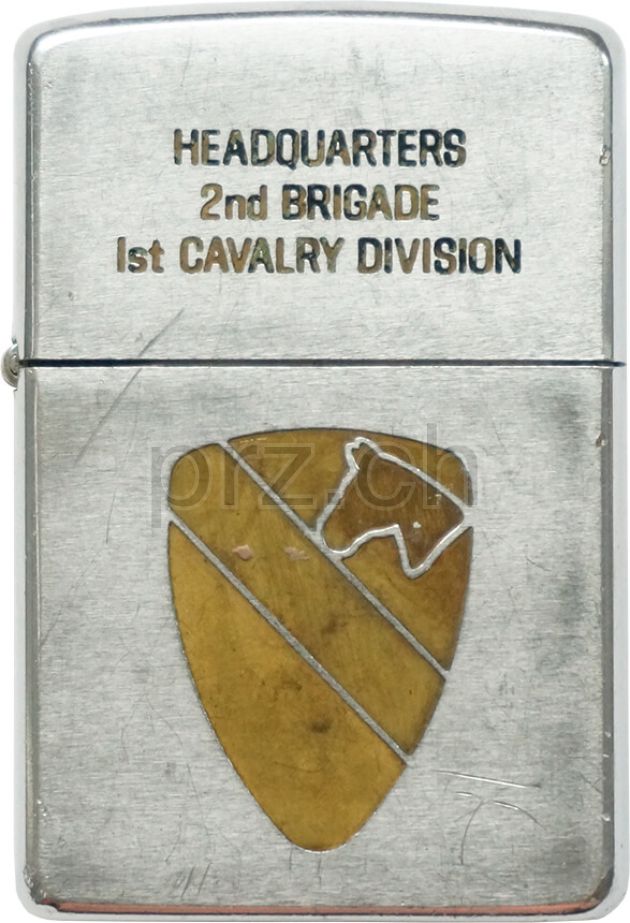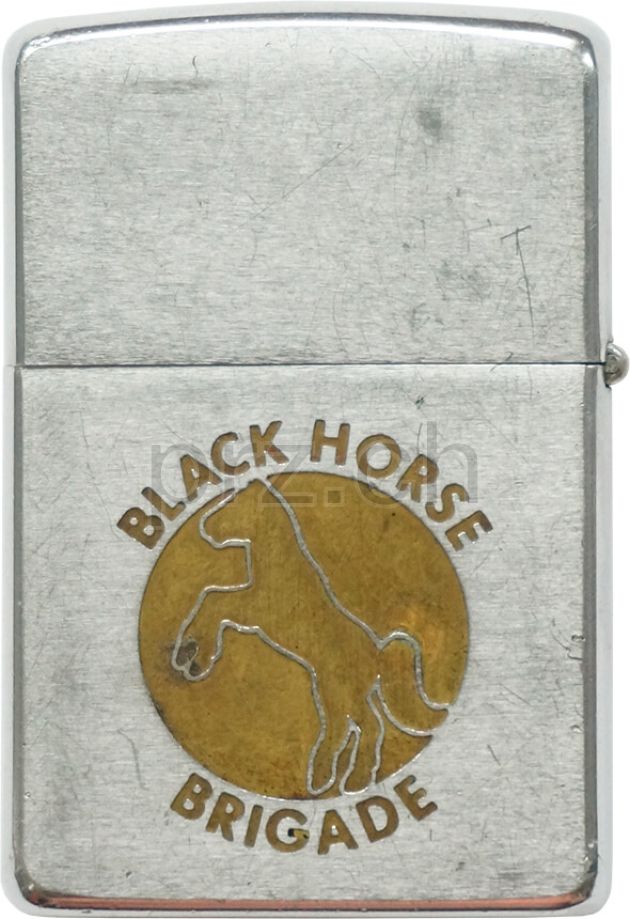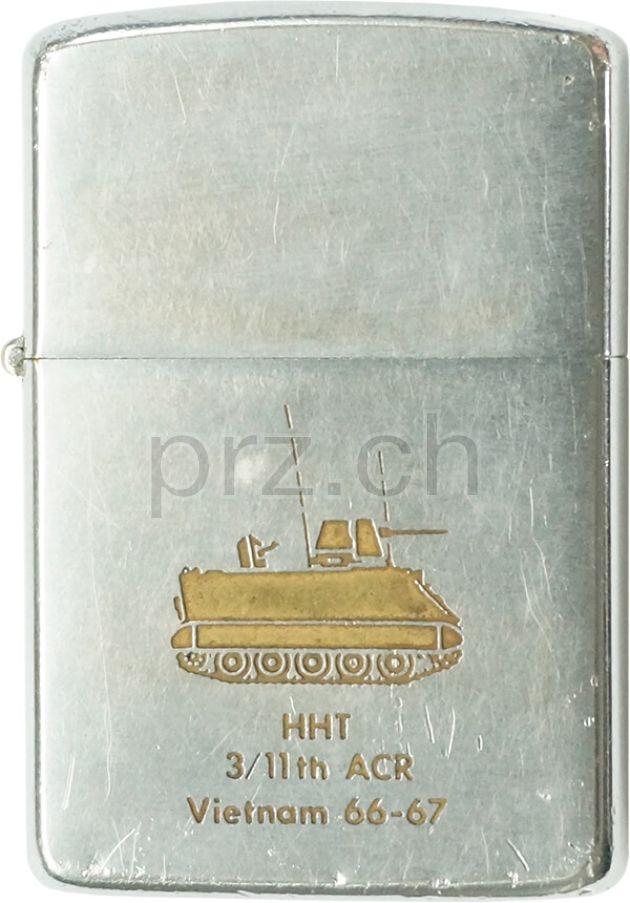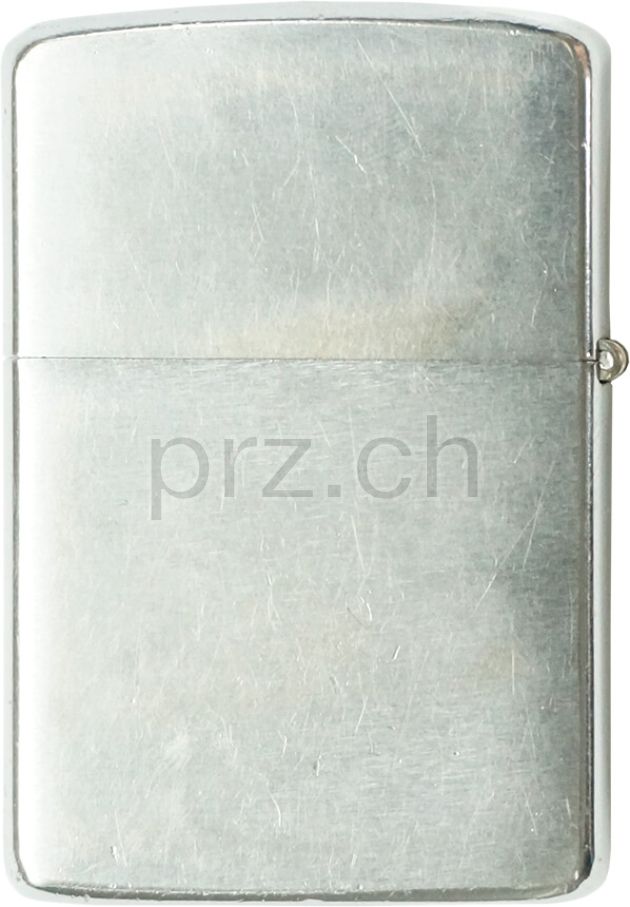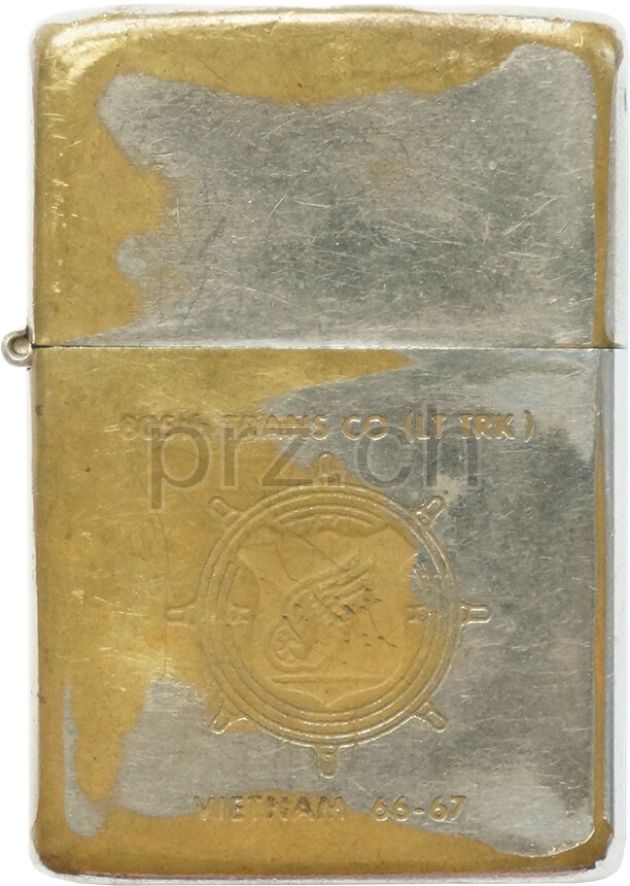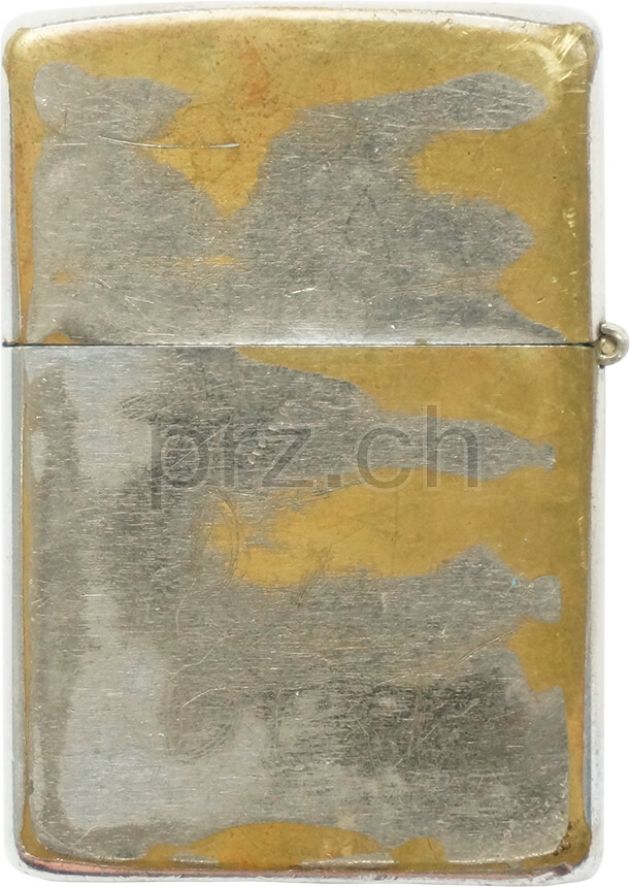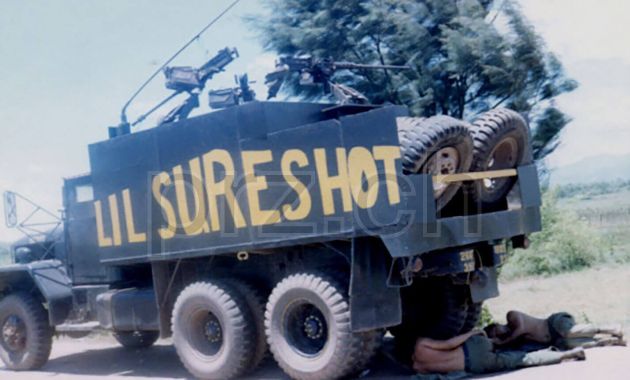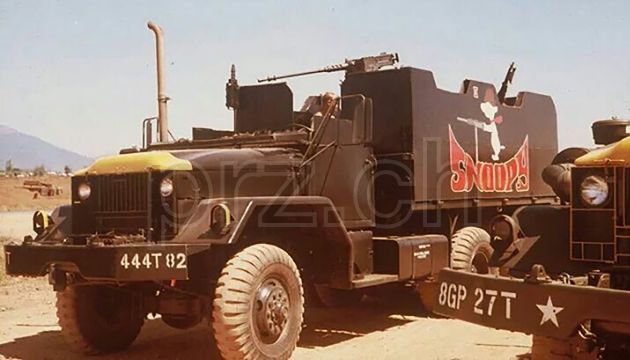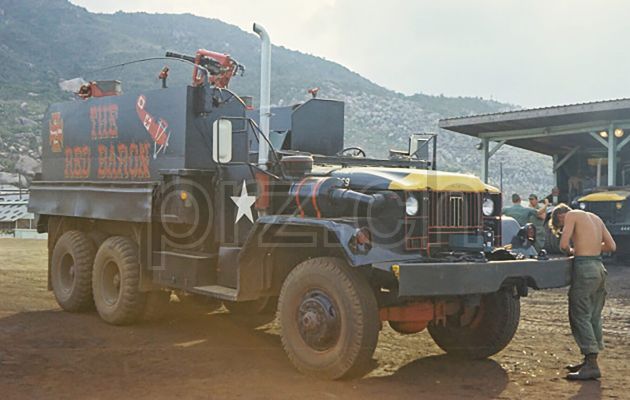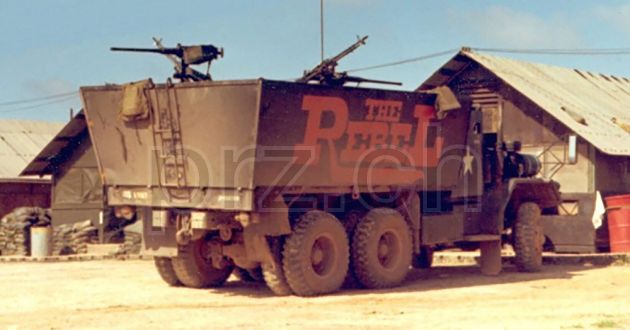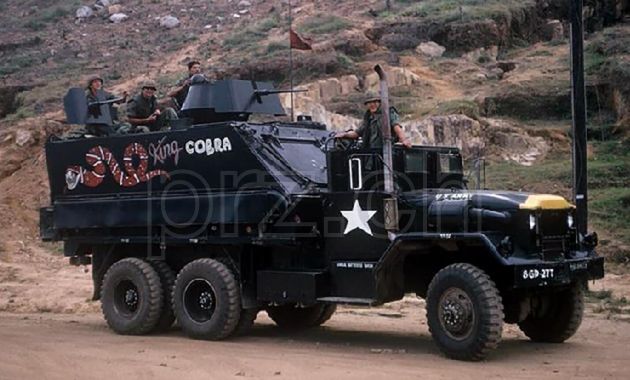Vietnam Zippo factory engraved on the front with the inscription «The Only Battery ‘Charlie’» above the crossed cannons insignia of the U.S. Marine Corps artillery, with «313» (1st Battalion, 13th Marines, 3rd Marine Division) and the date 1 July 66 below. The reverse features the text «GOOD GRIEF ANOTHER MISSION» above a depiction of Snoopy lying on his doghouse, alongside an illustrated 105 mm howitzer, with «VIETNAM ’67–’68» below – commemorating Charlie Battery’s combat service in I Corps, including the Battle of Khe Sanh during the Tet Offensive.
In 1967–1968, Charlie Battery, 1st Battalion, 13th Marines, operated as a mobile 105 mm howitzer unit in I Corps, supporting the 1st and 3rd Marine Divisions around Quảng Trị, Con Thien, and the DMZ under frequent enemy fire. During the Tet Offensive, the battery was pivotal in the Battle of Khe Sanh, delivering round-the-clock barrages under Operation Niagara to repel North Vietnamese assaults and secure supply routes. The siege, among the war’s heaviest artillery engagements, lasted until July 1968.




